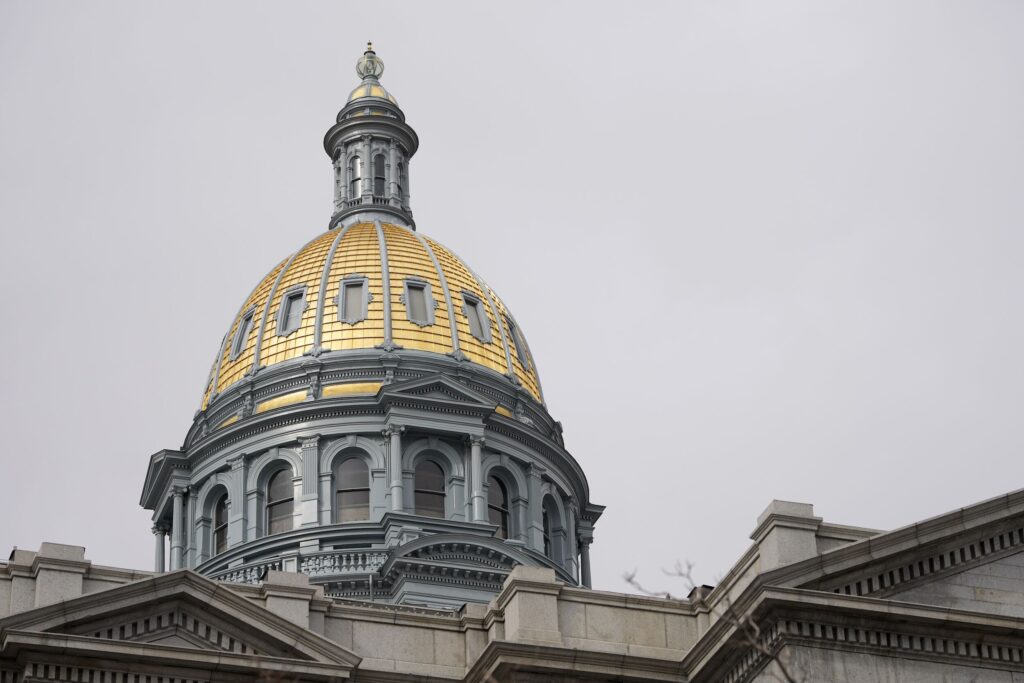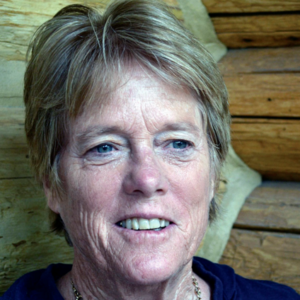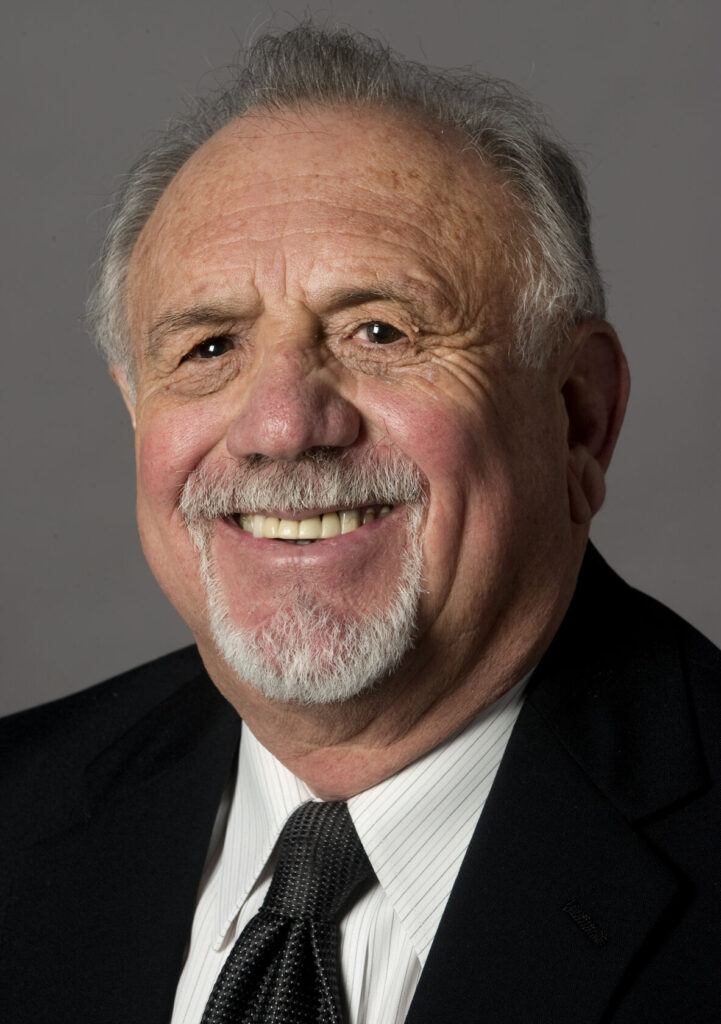How people across the state voted on ‘shrooms’ | CRONIN & LOEVY


Coloradans voted 54% to 46% to make it legal to grow, gift and use psychedelic compounds – DMT, ibogaine, and mescaline – for people 21 and older.
Proposition 122 also allows for licensed “healing centers” where customers can consume psilocybin in a regulated “counseling” setting.
Senior citizens like us don’t know much about these substances, but younger generations just call these fresh or dried mushrooms by the colloquial name of “shrooms.”
We thought the measure would fail because there had not been enough education on the issue. We were wrong.
Denver decriminalized mushrooms in 2019. The state of Oregon has also done this.
Here is our geographical analysis of the vote on legalizing mushrooms for medical care in Colorado.
The county most opposed to legalizing mushrooms for medical care in Colorado was Kiowa County (county seat – Eads). Located on the Eastern Plains along the Kansas border, it voted 78% against medical mushrooms.
On the other hand, the county most highly supportive of mushroom meds was San Miguel County, home to the posh destination ski resort of Telluride. It voted For mushroom medicine by 79%.
Slightly more than 2.4 million voters cast ballots in the medical mushroom election in Colorado in 2022. Colorado’s largest voting group is the Front Range, a 200-mile population corridor running from the city of Pueblo at south, through Colorado Springs and Denver, to Fort Collins and Greeley to the north. The Front Range cast 84% of the statewide vote on the medical mushrooms issue. It cast those votes 55% for and 45% against.
The Front Range voting to approve medical mushrooms indicated that urbanized Colorado is generally in favor of experimenting with shrooms. Many of the more rural parts of Colorado outside the Front Range were opposed to medical mushrooms, but there were not enough votes there to keep the proposal from being adopted statewide.
The major center of statewide support for medical mushrooms is the Denver metropolitan area, which cast 57% of the statewide vote on the issue. The Denver region voted 58% for and 42% against. Leading the charge was Denver, which gave 69% of its ballots to shrooms to 31% opposed.
Joining Denver with a big vote for medical mushrooms was – no surprise – Boulder County (68% in favor). Also important, though not as enthusiastic, was the upscale suburb of Arapahoe County (Littleton) at 54% in favor. Also supportive was the upscale suburb of Jefferson County (Golden) at 54% in favor.
Only one major county in the Denver metro area voted against medical mushrooms. That was Douglas County (Castle Rock), the only major county in the Denver metropolitan area that consistently votes Republican. The vote was 55% against.
That brings us to an interesting part of Colorado – the five counties that are included in the Front Range but are not in the Denver metropolitan area. This “Not Denver Metro” section constitutes 27% of the statewide vote. It voted 52% against medical mushrooms and only 48% for.
Amongst this “Not Denver Metro” group is El Paso County, which contains Colorado Springs, the second largest city in Colorado after Denver. El Paso County voted 55% against natural medicine. Weld County (Greeley) voted 54 % against.
Only one Front Range county outside the Denver metro voted for medical mushrooms. That was Larimer County (Fort Collins) at 56% for and 44% against. Colorado State University is located in Fort Collins.
Thus the Front Range was divided on this ballot issue. The Denver metropolitan area was generally for medical mushrooms, but the Front Range counties outside the Denver metro, led by El Paso County, were generally against.
We have long been fascinated by the ski counties in the Rocky Mountains of Colorado. These 14 counties have been growing in number as new ski areas open for business. The ski counties comprised just 6% of the statewide vote cast on Prop 122.
The ski counties gave the highest percentages recorded for medical mushrooms: Pitkin County (Aspen) at 76% for; Gunnison County (Crested Butte) at 66% for; Summit County (Breckenridge) at 65% for; Routt County (Steamboat) at 63% for; and Eagle County (Vail) at 62% for.
We can joke that the ski counties are already the “highest” in the state, but their high educational levels and upscale incomes, perhaps added to libertarian political values, may be a better explanation.
The Denver metropolitan area combined with the ski counties creates a liberal and progressive majority in Colorado elections. This geographical coalition also strongly supports Democratic Party candidates for elected offices and the adoption of other liberal ballot issues, such as funds for affordable housing and free school lunches.
Now let’s look at the Western Slope (the west side of the Continental Divide) counties that are not blessed with ski areas. These rural and mainly agricultural counties cast only 5% of the vote in the 2022 general . They voted 57% against medical mushrooms.
The most populous non-skiing Western Slope county is Mesa County, which contains the city of Grand Junction. It voted 56 percent against shrooms.
The 15 counties on the Eastern Plains comprise an impressive one-third of the land area of Colorado, yet they contain only 2% of the state’s voters. Similar to rural agricultural voters throughout the United States, they are conservative and Republican in their electoral choices. As might be expected, they voted 68% against Prop 122.
The conservative spirit is there, but the limited number of voters greatly reduces the impact of the Eastern Plains on Colorado elections.
On the east side of the Continental Divide are a small number of mountainous counties that we call the Eastern Mountains. They are Jackson County (Walden), Lake County (Leadville), Fremont County (Canon City), Custer County (Westcliff), Huerfano County (Walsenburg) and Las Animas County (Trinidad). Like their non-skiing Western Slope counterparts, they voted 55% against medical mushrooms.
And then there is Southern Colorado – five counties surrounding the San Luis Valley that have high percentages of Hispanic voters. Southern Colorado now constitutes less than 1% of the state’s voters. Like rural voters elsewhere in Colorado, they voted against medical mushrooms – at 54 percent.
Colorado has an electoral geography just as intriguing as its physical geography. Coloradans should be aware of the differences in political ideas and political attitudes found in different parts of the state.
That’s the political geography of Proposition 122. We leave it to others to debate the benefits and potential medical risks of this new and somewhat ill-defined new law. There is a lot of maneuvering going on. And there is already plenty of shroom usage. Most of us want to learn more about how it affects individuals and to what extent it provides for the common good.
Tom Cronin and Bob Loevy write about Colorado and national politics.












